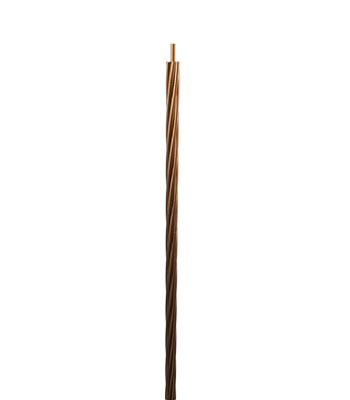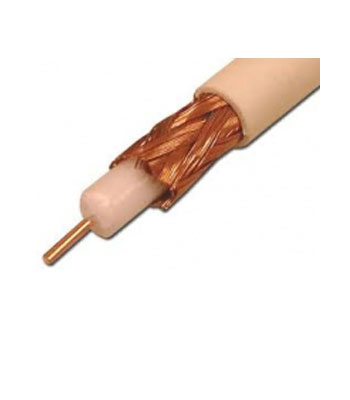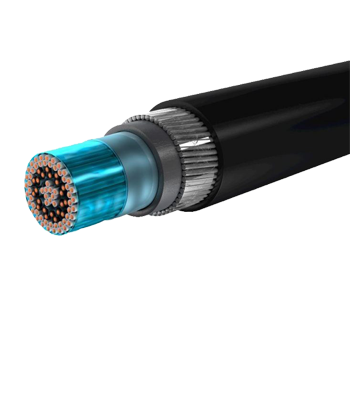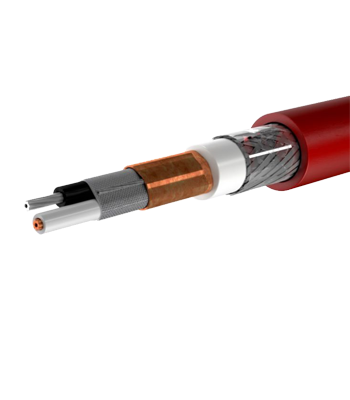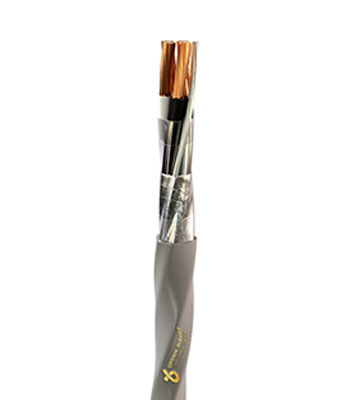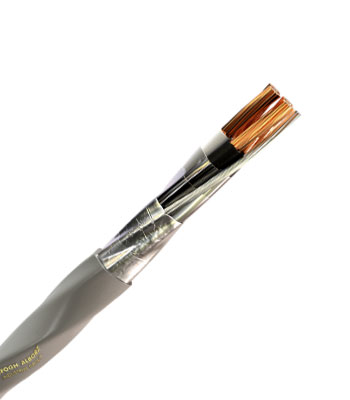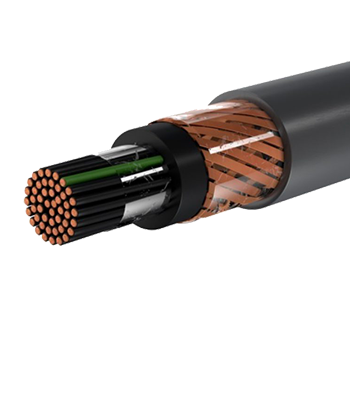Halogen Free Cables Wire
Extensive use of wires and cables in all fields and special environmental conditions has led to the emergence of new requirements for granules used in the wire and cable industry. One of the most important features of raw materials is that they must be Halogen Free.
Halogens are non-metallic elements that produce toxic gases when exposed to fire.
Halogens are 17th group in the periodic table consisting of five chemically related elements: fluorine (F), chlorine (Cl), bromine (Br), iodine (I), and astatine (At).
Hard Drawn Copper
High frequency Coaxial Cable (50,75 ohm)
Instrumentation Cables
Instrument cables are cables that are responsible for transmitting signals and data. These cables are designed to be resistant to electromagnetic interference and noise.
The latest standard used to manufacture and test instrument cables as well as control cables is BS EN 50288-7, but a wide range of applicants still use older standards such as BS 5308.
The type of wire placement in Instrument cables is multi-core, pair, triple and quad. Each of the handles may be placed inside a sheath (Individual Screen) and then twisted together, and the overall set of twisted strands is placed inside the final shield (overall screen).
In the structure of instrument cables, the conductor type is generally type 2 or flexible, but according to customers' requests, it is possible to produce with other classes such as core (class 1) or flexible (class 5). Copper conductor material can also be used as plain copper or tin-coated.


